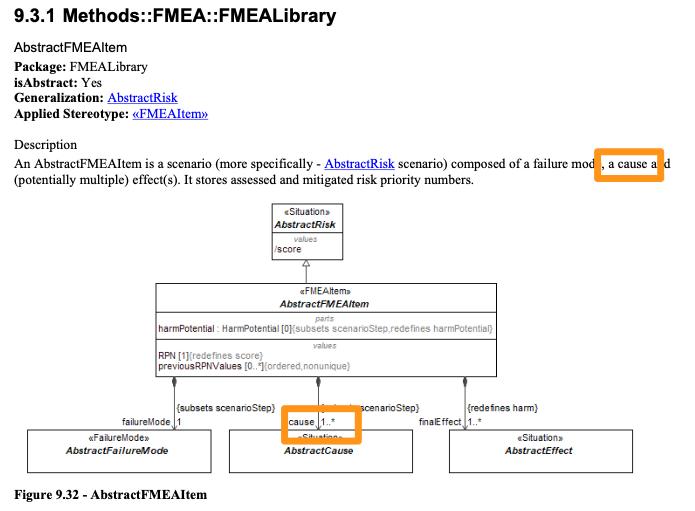ISO 26262 is Reference is Outdated
-
Key: RAAML11-8
-
Status: closed
-
Source: Gaphor Project ( Dan Yeaw)
-
Summary:
The current version of ISO 26262 is version 2018, the RAAML specification is referencing version 2011.
-
Reported: RAAML 1.0 — Sat, 23 Apr 2022 19:13 GMT
-
Disposition: Resolved — RAAML 1.1
-
Disposition Summary:
Update references to ISO 26262:2018
The current version of ISO 26262 is ISO 26262:2018 and the version referenced in RAAML 1.0 is ISO 26262:2011. Need to revise reference to latest version and check for any additional changes with the new version.
-
Updated: Mon, 17 Jun 2024 13:38 GMT

